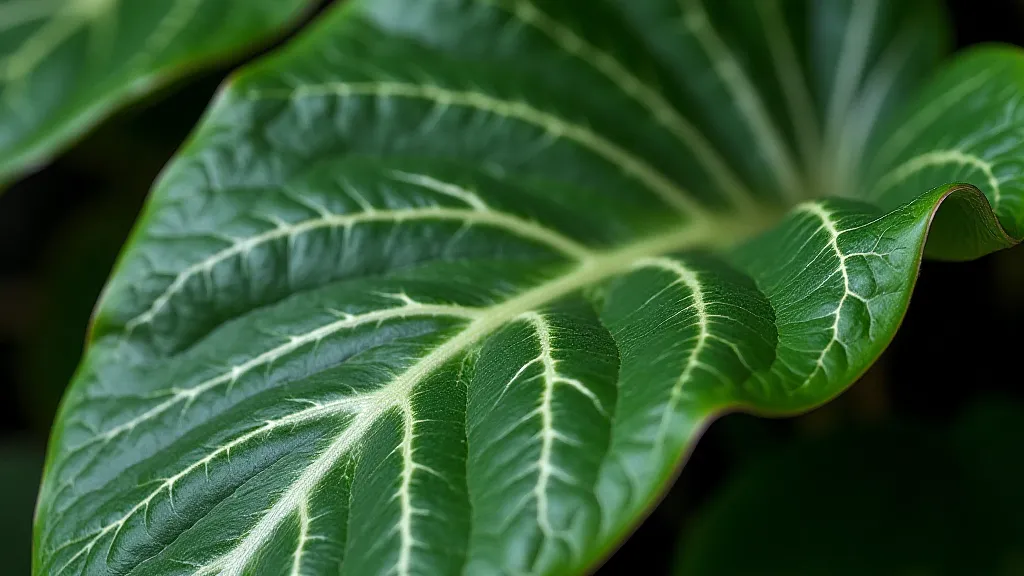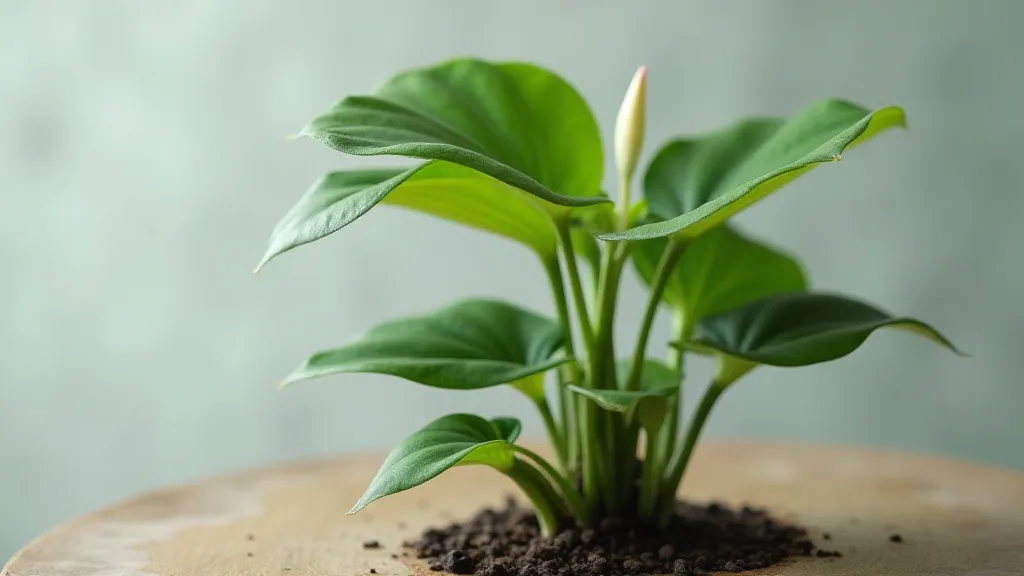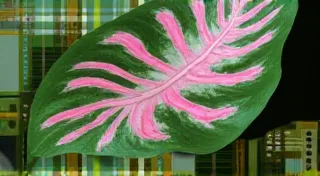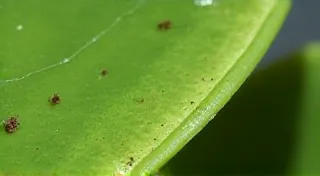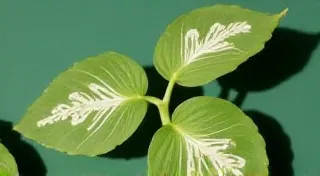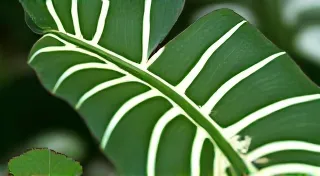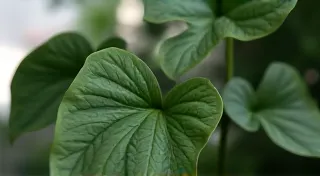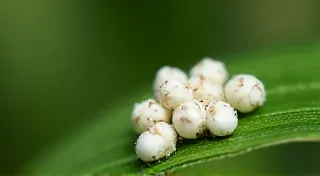The Anthurium Crystallinum, often referred to as the Crystal Anthurium, is a truly breathtaking addition to any houseplant collection. Its uniquely textured, almost crystalline leaves make it a coveted rarity. However, this beauty requires attentive care to thrive. This guide provides detailed instructions to help you successfully care for your Anthurium Crystallinum.
Native to Colombia, the Anthurium Crystallinum is an epiphytic plant, meaning it grows on other plants for support, drawing nutrients and moisture from the air and rainfall. Understanding this epiphytic nature is crucial for replicating its natural habitat in a home environment. These plants thrive on mimicking conditions they would experience in the wild. Like many other rare houseplants, their specific requirements demand careful observation and attention to detail.
Anthurium Crystallinum prefers bright, indirect light. Direct sunlight can scorch its delicate leaves. An east-facing window is often ideal, providing gentle morning light. If your space lacks sufficient natural light, you can supplement with a grow light, ensuring it's placed at a reasonable distance to avoid leaf burn. Proper lighting is essential for vibrant growth, and a deficiency can lead to stunted development or even leaf drop, a concern many rare plant enthusiasts face. If you are experiencing issues with your plant's health and suspect leaf drop is the problem, take a look at Leaf Drop SOS: Troubleshooting Common Causes in Rare Plants for detailed guidance.
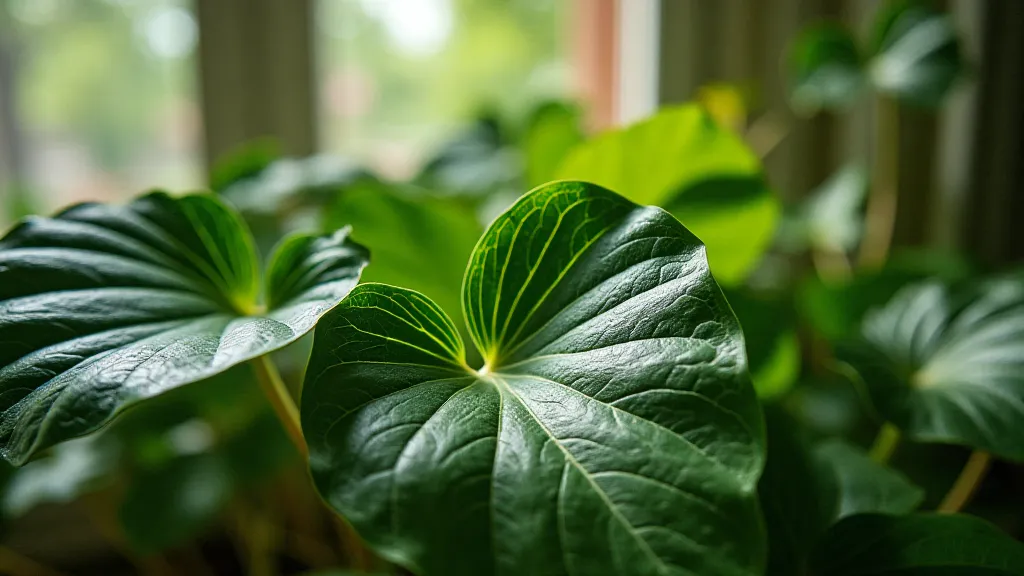
High humidity is vital for the Anthurium Crystallinum. Aim for a humidity level of 60-80%. You can achieve this through several methods:
Due to its epiphytic nature, Anthurium Crystallinum doesn’t thrive in dense, compacted soil. A well-draining and airy potting mix is essential. A suitable mix could include:
